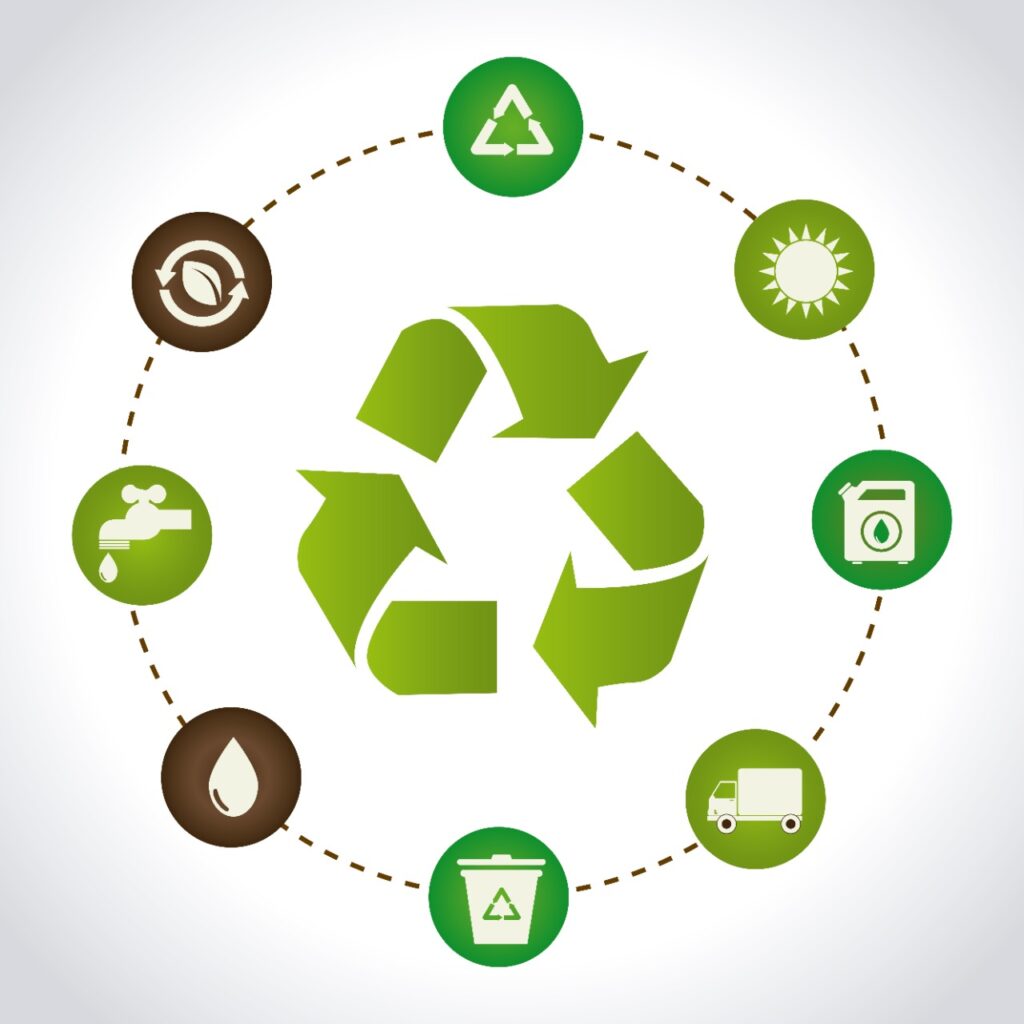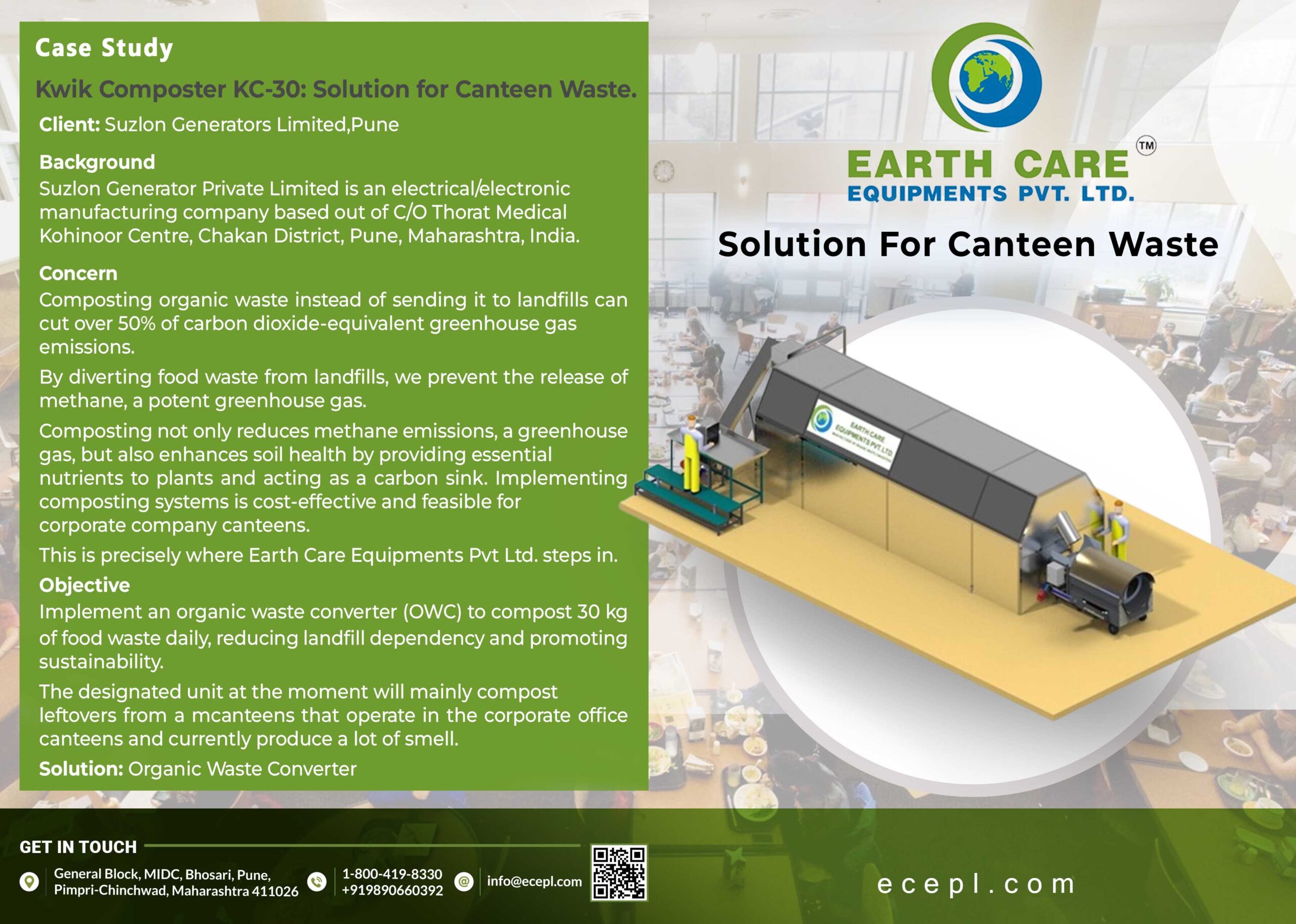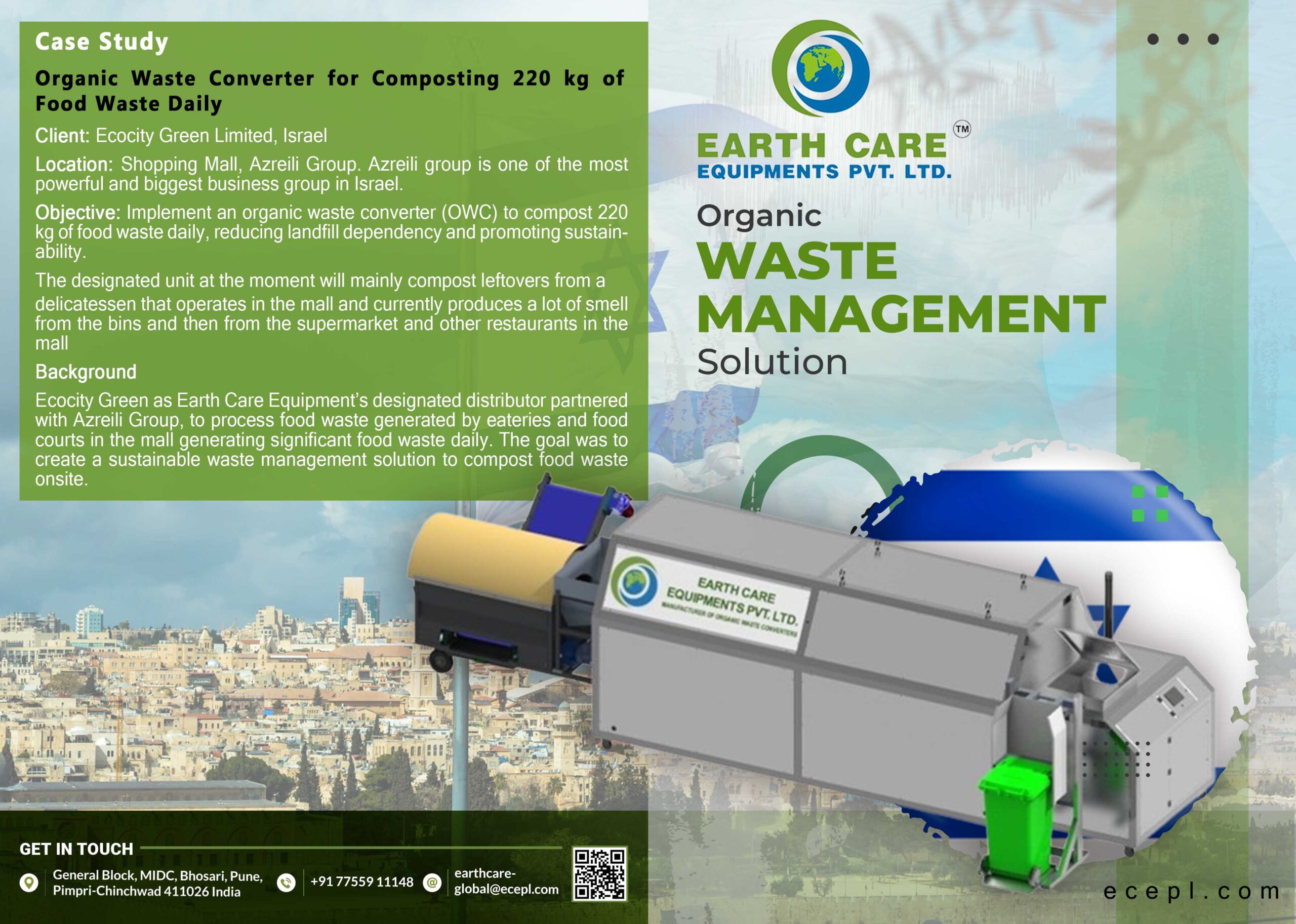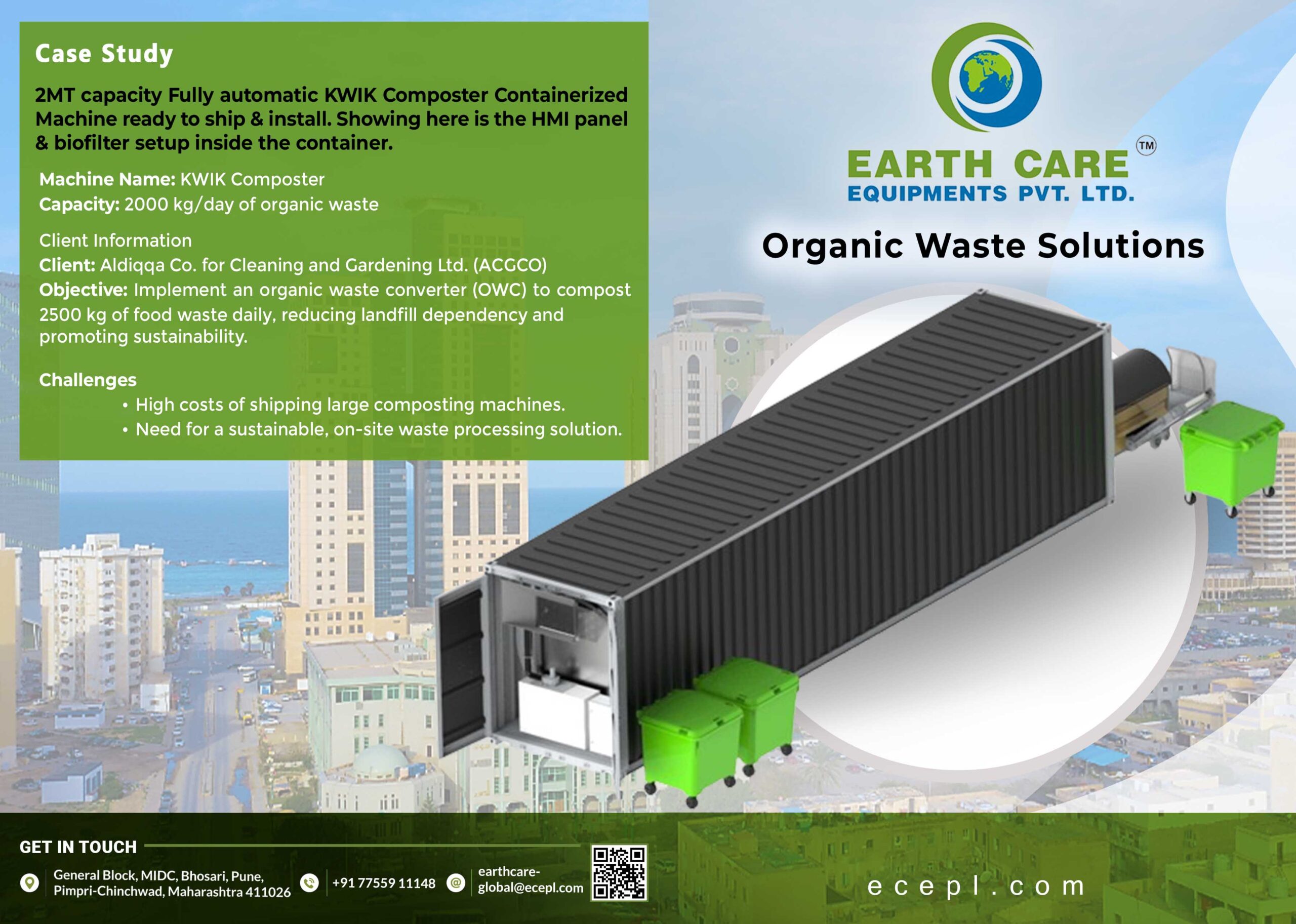
Industrial composting is a process, much different from the day-to-day composting that gets carried out. Just as one might assume from the scale of execution being an ‘industry level’ activity, industrial composting holds much more importance and purpose. Not only does it hold more purpose, but industrial composting also holds a greater potential to create a positive impact on the environment. Unlike traditional composting, industrial composting benefits multiple stakeholders in all possible forms. It is designed to tackle larger volumes of organic waste which reduces the time of processing a lot of organic waste at once. The product too is just as useful. The final composite is a good solution for farms and nurseries, as it can be utilized as fertilizer for the soil. Such usage is probably not executed on a domestic level, which makes it even more important. If done well, Industrial composting holds colossal potential and is a greater alternative to address many of the prevailing climate issues.
A typical methodology for industrial composting involves gathering squander from supermarkets, eateries, grounds networks, green waste canisters gathered from families of individual families, and other business offices with fertilizer containers. Numerous offices work alongside trash and reusing organizations to make treating the soil effectively available for people.
There are various types of industrial composting, each of which requires specific nutrient balances and feedstocks:
• Mechanical Composting: Enclosed mechanical fertilizing of the soil offices can decrease land necessities by around 85%. Mechanical fertilizing of the soil frameworks utilizes at least one shut tank or digesters outfitted with turning vanes that blend and circulate air through the destroyed waste. Complete assimilation of the waste requires around multi-week
• Vermicomposting: Practiced in developed nations like Canada, Italy, Japan, Malaysia, the Philippines, and the United States, industrial vermicomposting treats the soil in an encased container, and is worked with by worms that separate the manure. The end result goes about as a biofertilizer, reestablishes soil supplements, balances out soil, and upgrades soil ripeness over a drawn-out period;
• Aerated windrow composting: Attending as a much more profitable enterprise to the circular economy, includes shaping organic waste into lines of extended heaps called “windrows” and circulating air through them intermittently by either physically or precisely turning the heaps.
¬¬¬¬
• Aerated static pile composting: Aerated static pile composting is a type of thermophilic fertilizing which revolves around overturning the soil up and overseeing through the pushing (positive tension) or pulling (negative strain) of air through the fertilizing of the spoil heap.
• In-vessel composting: This technique includes taking care of natural materials into a drum, storehouse, concrete-lined channel, or comparable hardware. This permits great control of the ecological circumstances like temperature, dampness, and wind stream. The material is precisely turned or blended to ensure the material is circulated air through.
The above-listed procedures are ISO 14001-certified standards of the environmental management system (EMS). ISO 14001 is an industry-recognized standard that provides specific requirements for an effective Environmental Management System (EMS). It allows businesses to set up an EMS framework that can help individuals to reduce waste, improve resource efficiency, and cut waste management costs efficiently. These practices are well aligned with UNO’s Sustainable Development Goal 13, as the industries following effective Environmental Management systems, are eligible to take urgent action in order to combat climate change and its impacts.
However, the above-listed scenarios are much utopic and do not account for what happens on the ground much of the time. To the convenience of many big players, the wasted organic waste is dumped straight into landfills. While on their end, it is just too convenient, the results are disastrous for both, the environment and the economy. Ironically, their activity directly contributes to colossal economic losses, expensive and possibly polluting landfills, and significant greenhouse gas emissions, all hallmarks of a linear take-make-waste system.
Composting is a simple solution that fixes a series of issues by bringing these nutrients back to the soil, rather than letting organic waste rot away in landfills, composting can feed diverse life in the soil. Compost supports bacteria, fungi, insects, and worms in that directly improve soil health and plant growth, by ultimately boosting its resilience to cope with extreme climatic conditions.
In the case of industrial composting, much of the nutrients extracted can be modified, or transformed into a range of different bio-based products, too. All these secondary products are a great replacement for chemical-based fertilizers and are as good as natural manure and can give soils a whole new revitalization. Manure has likewise been displayed to stifle plant infections and irritations, decrease or dispense with the requirement for substance composts, and advance better returns of yields. The greater advantage to the entire process is that, after being used, the residues of these products can flow back safely into the biosphere, thereby sealing the carbon and nutrient cycles.




